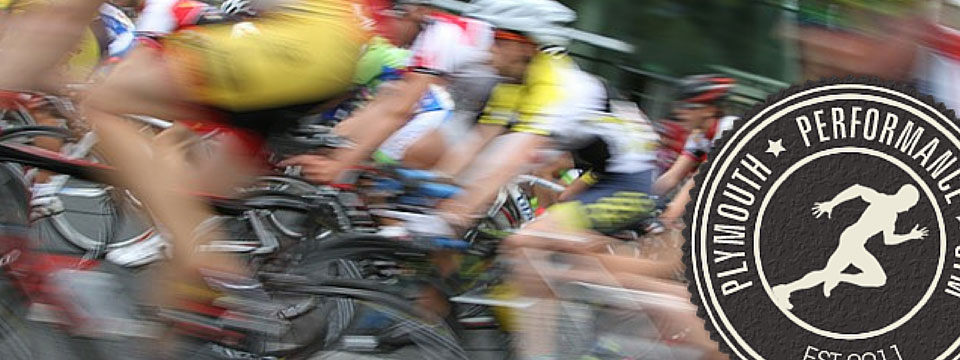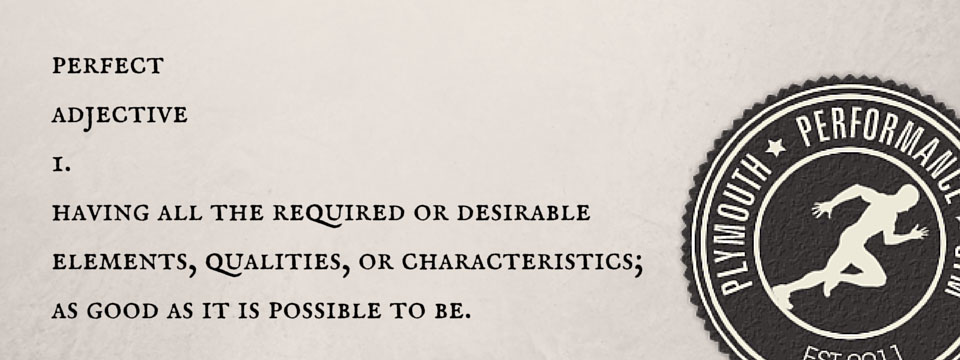
This week’s article is a guest post from up and coming Strength and Conditioning Coach Bradley Westell. Bradley has recently returned from a weekend shadowing the Strength and Conditioning coaches at one of the UK’s biggest Premiership Rugby clubs where he witnessed the methods this elite club uses to pack muscle onto their academy players. In this article Bradley outlines what he learned about the use of Circuit Training to transform the Rugby stars of tomorrow into some of the biggest and fastest athletes on the planet!










